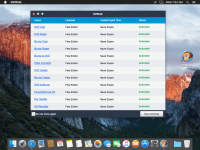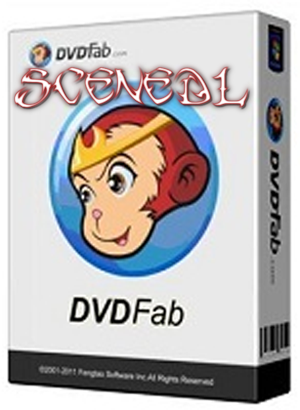
They are easier and more efficient for programmers because they are closer to natural languages than machine languages.

The majority of software is written in high-level programming languages. As of 2015, most personal computers, smartphone devices and servers have processors with multiple execution units or multiple processors performing computation together, and computing has become a much more concurrent activity than in the past. The processor executes the instructions in the order they are provided, unless it is instructed to "jump" to a different instruction, or is interrupted by the operating system. An instruction may also invoke one of many input or output operations, for example displaying some text on a computer screen causing state changes which should be visible to the user. For example, an instruction may change the value stored in a particular storage location in the computer-an effect that is not directly observable to the user. Machine language consists of groups of binary values signifying processor instructions that change the state of the computer from its preceding state. This is in contrast to hardware, from which the system is built and which actually performs the work.Īt the lowest programming level, executable code consists of machine language instructions supported by an individual processor-typically a central processing unit (CPU) or a graphics processing unit (GPU). Software is a set of computer programs and associated documentation and data. The application software layer interfaces with the operating system, which in turn communicates with the hardware. Check the log for details.A diagram showing how the user interacts with application software on a typical desktop computer. Strangely, if I intentionally select DVD as the source instead of Blu-ray, it doesn't crash but just says "VLC is unable to open the MRL 'dvd:///E:/'. It's looking for the Video_TS files, but as far as I know I thought Blu-ray's didn't have those? It looks like it's trying to read it as a DVD, even though I have selected Blu-ray as the option from the open media dialog. Must be Windows Update again.īut I did record a log file and attached it as an image. I haven't updated VLC since, and have tried rolling back Passkey but with no luck. It has always worked before, so I tried to use a Blu-ray that I'm sure worked before, and it crashed it now too. I am using DVDFab Passkey to decrypt the disc. I tried to watch a Blu-ray disc in VLC today, but it crashes immediately upon loading. This will make the Blu-ray start playing immediately, and skip the menu, thus fixing the issue.

I would not recommend downgrading Java to the version that worked, but you can search for Blu-ray menu in VLC advanced settings and disable the menu.

VLC uses your Java runtime to display the Blu-ray menus. SOLVED: Just found out that a recent Java update broke this.


 0 kommentar(er)
0 kommentar(er)
